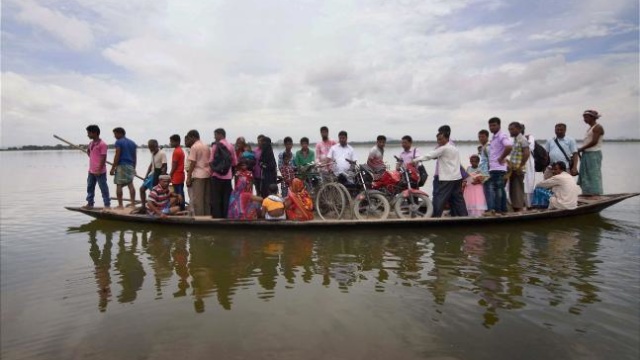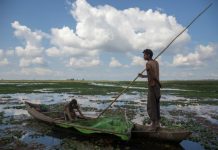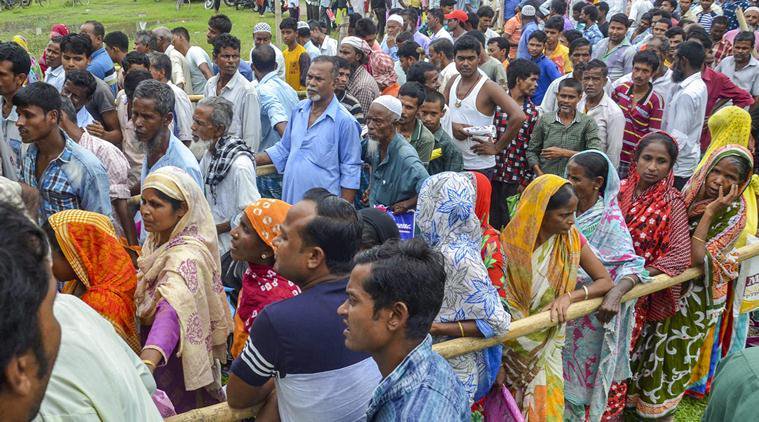Mumbai faced incessant rains over the last many days leading to clogged roads, immobile traffic and disruption in the busy life of the city- this remained at the heart of all news programs on Indian television but is it not time to contemplate why many remote, unknown villages of the eastern states where flood has brought about unpredicted damage has not captured our attention so much- is there a politics of media coverage?
Kabir | The New Leam

Mumbai faced incessant rains over the last week flooding its streets, disrupting train services and communication –the media left no stone unturned to report of the havoc that the rain had caused in the city’s life. India’s business capital, the heart of Indian film industry and a city which ranks among the major centres of the country- Mumbai indeed becomes the centre of attention when the slightest of problems cast their shadows on it.
One wonders whether the media attention and the round the clock coverage that Mumbai is lucky to get throughout the years has also got something to do with the socio-political, economic and cultural politics that define our times.
One feels like asking the question whether more than Mumbai’s drastic natural crisis is it also Mumbai’s glamour, the strong voice of its intelligent professional middle class, its centrality as the home to some of the luminaries of the media world, its ambience of political power and vigilance and not to forget its capacity to influence and shake the judicial system through social movements that have helped Mumbai to enjoy its extra share of attention.
While it cannot be denied that the work of the media is to report of human suffering anywhere irrespective of its geographical location and if Mumbai faces a natural calamity it too deserves its place on national news, however what one is here trying to point out is that Mumbai is not the sole place to face this crisis and there are many remote villages in the Indian states of Assam, Bengal and Bihar where the floods have proven to bring about incomprehensible disaster and loss to life and property.
Occasional glimpses and snaps from these areas are doing the rounds on our popular television channels and social media platforms that claim to shape public opinion but the amount of discussion and public opinion that is being generated about the crisis in eastern India is non-comparable to the loss that has incurred over the last few weeks.
Why? Perhaps only because these areas are not metropolitan cities, these are neither business nor glam capitals, these are not home to influential actors, politicians and media personnel, the population in these areas is largely illiterate, poor and marginalised, that even if there is tremendous damage the people in these areas will hardly ask for judicial support or walk on a candlelight vigil march- perhaps because of these reasons the areas where flood has meant unprecedented loss annually has received inadequate attention of the media.
One may feel like arguing against the points that have been made above but upon careful contemplation one is sure to realise how in subtle ways these factors have had a major role to play in the politics of media coverage. Perhaps it is time for us to interrogate and stop taking for granted the neutrality of media reportage or take for granted that there is nothing beyond what appears on the television screen.
The story of the marginalisation of the subaltern, the untold-unheard tales of the peripheries-, the cases of folk misery, the plight of the ordinary Indian are all that we often do not hear in the mad rush of the headlines that are largely about the life of our metro cities. It is an irony that what we call national news is most often the news of India’s dominant half that continues to shadow the weaker/marginalised half whose pain remains unheard- the way that the media chose to discriminate between the two sides of India only reaffirmed our faith in this.














